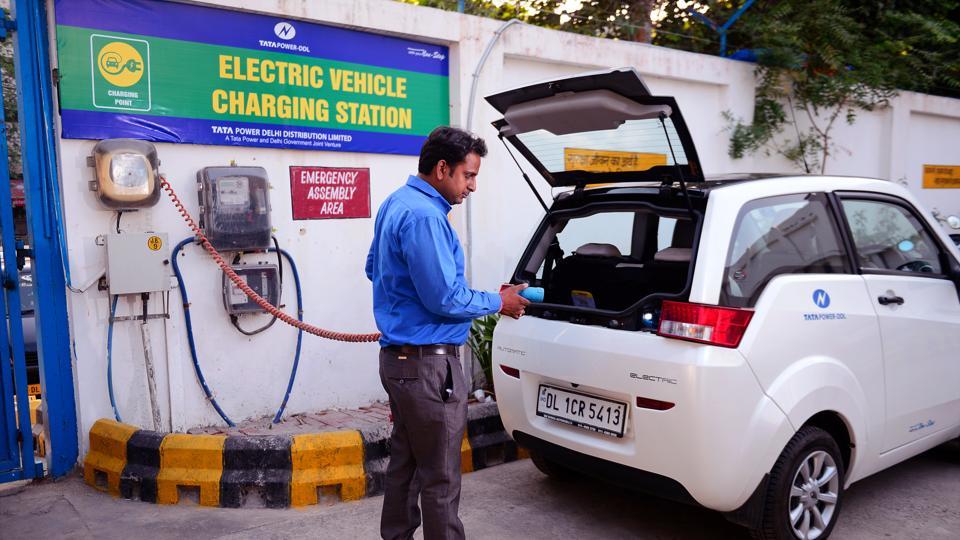In the last few years, especially in the second term of the Modi government, there has been a heavy push towards electric vehicles. NITI Aayog has been arguing for the push towards electric vehicles since 2017 but the Modi government started incentivizing electric vehicles only in the second term.
Ride-sharing platform, Ola, has opened a state-of-art electric vehicle manufacturing factory in Tamil Nadu for the manufacturing of two-wheeler electric vehicles, and the company has the aim to expand in the four-wheeler segment too.
However, despite the government’s push for electricity-based mobility, India does not have the infrastructure to bring these vehicles on roads. There are hardly any charging stations in the country. The government has asked every petrol pump to come up with an electricity charging facility but very few have followed the instructions because there is very little demand for that as of now.
Moreover, the push for electricity as a clean fuel is misguided because more than 50 percent of the electric power is generated from coal. Although the country has made a lot of progress in the solar power segment, the majority of the electricity is still being generated through thermal power plants. Therefore, even if the country moves to electric vehicles, the problem of environmental pollution would remain even if the country moves to electric mobility from the fossil fuel-based one.
The primary goal of the government, as of now, should be the push towards new and renewable energy, be it solar power, wind power, nuclear power, or hydropower.
The Modi government has consistently appealed to international investors to invest in the energy and infrastructure sector of the country. The investment poured in the last few years, thanks to the government’s efforts to push consumption, as well as, generation. It liberalized the FDI in renewable energy to 100 per cent through the automatic route. The country aimed to achieve 175 Gw renewable energy capacity by 2022 with 100 Gw from solar installations and 60 Gw from wind installations. But the progress made on the renewable energy front was very little, under the ten-year-long rule of the UPA government.
After the Modi government came to power, the sector picked up once again. The RK Singh-led Ministry of Renewable Energy (MRE) has revised the target of 175 GW renewable energy generation by 2022 to 227 GW.
And, the recent investment of Total SE in Adani Group and the soaring stocks of new and renewable energy companies like Adani Green is proof of the sector’s huge potential for growth in the coming years.
The Modi government wants to make the country Aatmanirbhar in the energy sector by fuelling production and consumption of clean energy. Every year, India foots the bill of more than 100 billion dollars on fossil fuel imports, which accounts for almost one-fourth of India’s total imports. If the bill of the import of fossil fuel could be reduced to zero using the Modi government’s proposal, India would easily become a net exporter, like China.
Moreover, the prices of petroleum and natural gas are highly volatile and depend on the geopolitical conditions in the Middle East. A slight rise in oil prices becomes a big concern for the Modi government because it not only increases the import bill but also contributes to inflation. With Total SE’s recent investment in Adani, if India becomes Aatmanirbhar in the energy sector, it would be a huge relief for the Indian government economically and politically.
So, instead of creating a government incentivized demand for electric vehicles, the Modi government must minimize the share of coal in electricity generation and create and new and renewable energy-based infrastructure, and this will automatically lead to green mobility.
